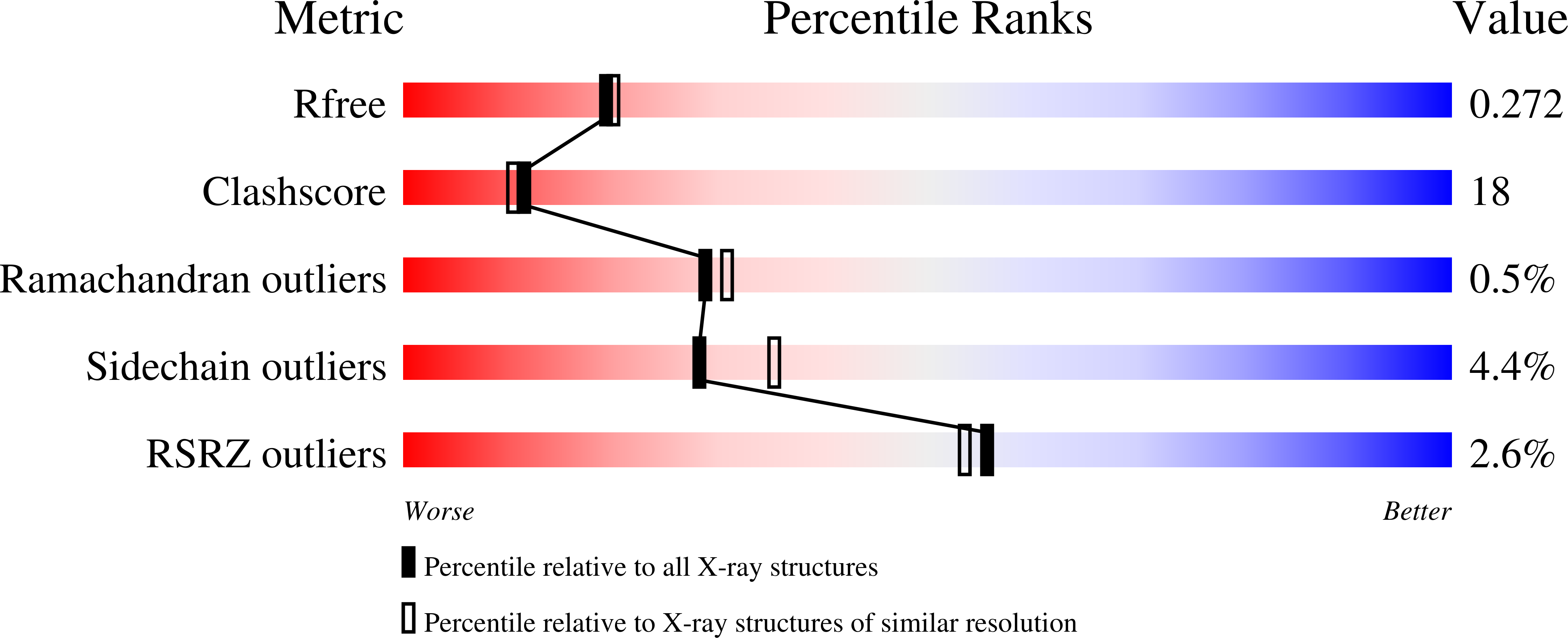
Deposition Date
2005-09-19
Release Date
2006-04-18
Last Version Date
2024-11-13
Entry Detail
PDB ID:
2B2X
Keywords:
Title:
VLA1 RdeltaH I-domain complexed with a quadruple mutant of the AQC2 Fab
Biological Source:
Source Organism:
Rattus norvegicus (Taxon ID: 10116)
Mus musculus (Taxon ID: 10090)
Mus musculus (Taxon ID: 10090)
Host Organism:
Method Details:
Experimental Method:
Resolution:
2.20 Å
R-Value Free:
0.27
R-Value Work:
0.23
R-Value Observed:
0.24
Space Group:
P 1 2 1


